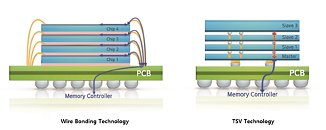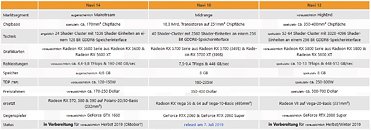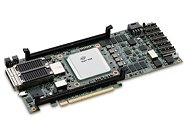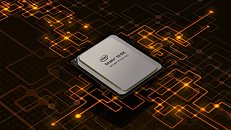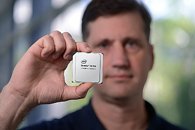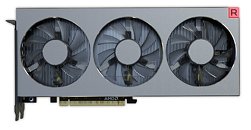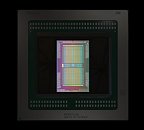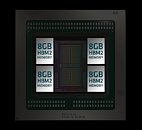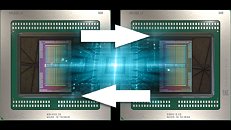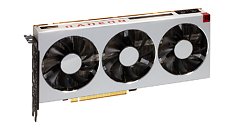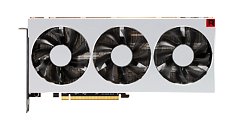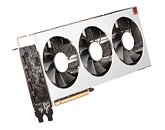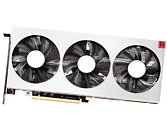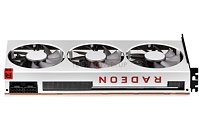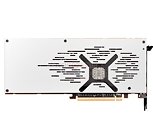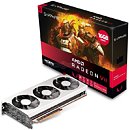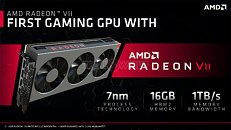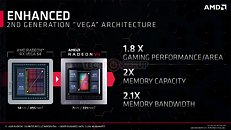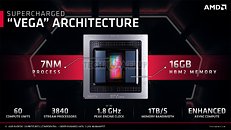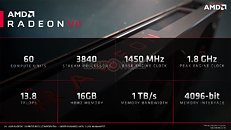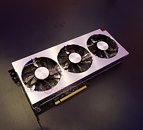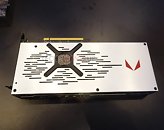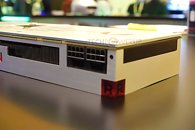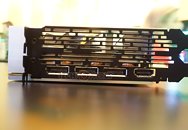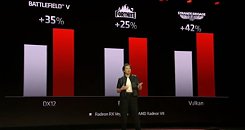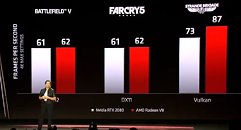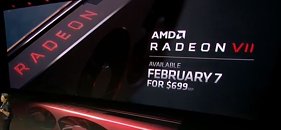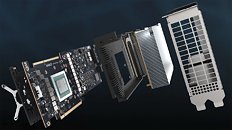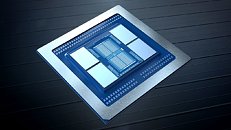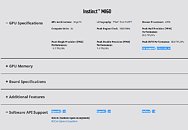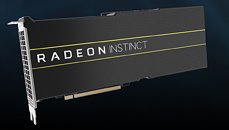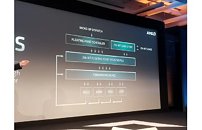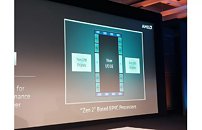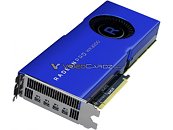
SK hynix Inc. Reports Third Quarter 2019 Results
SK hynix Inc. today announced financial results for its third quarter 2019 ended on September 30, 2019. The consolidated third quarter revenue was 6.84 trillion won while the operating profit amounted to 473 billion won and the net income 495 billion won. Operating margin and net margin for the quarter was 7%.
The revenue in the third quarter increased by 6% quarter-over-quarter (QoQ) as demand began to pick up. However, the operating profit fell by 26% QoQ as DRAM unit cost reduction was not enough to offset the price drop. DRAM bit shipments increased by 23% QoQ as the Company actively responded to the new products in the mobile market and purchases from some data center customers also increased. DRAM prices remained weak during the quarter, leading to a 16% drop in the average selling price, with the decline smaller than the previous quarter.
The revenue in the third quarter increased by 6% quarter-over-quarter (QoQ) as demand began to pick up. However, the operating profit fell by 26% QoQ as DRAM unit cost reduction was not enough to offset the price drop. DRAM bit shipments increased by 23% QoQ as the Company actively responded to the new products in the mobile market and purchases from some data center customers also increased. DRAM prices remained weak during the quarter, leading to a 16% drop in the average selling price, with the decline smaller than the previous quarter.


